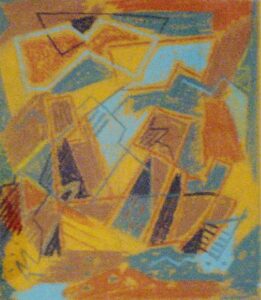
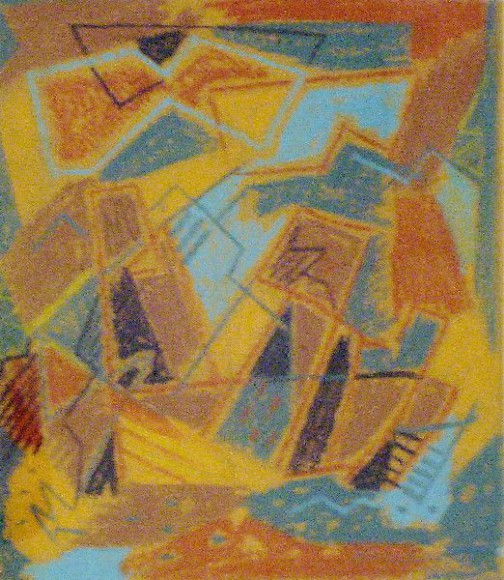
Willy Boers
Name:
Abstract composition
Year:
1946
Size:
36 x 28 cm
Technique:
gouache
Extra information:
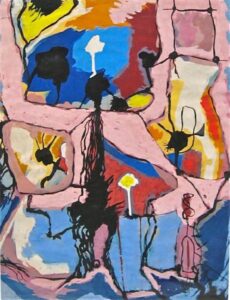
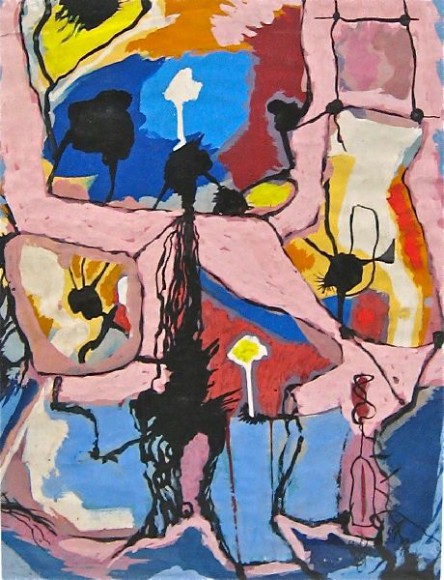
Willy Boers
Name:
’Streven naar Hoger'
Year:
1948
Size:
62 x 52 cm
Technique:
gouache
Extra information:
- private collection -
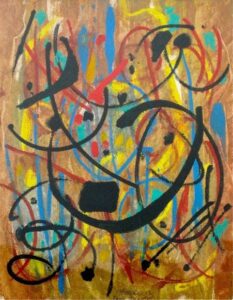
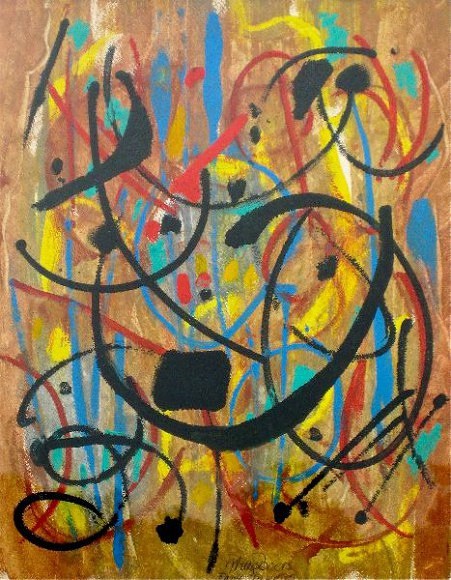
Willy Boers
Name:
'Muzikale Intuitie'
Year:
1950
Size:
41 x 32 cm
Technique:
gouache
Extra information:
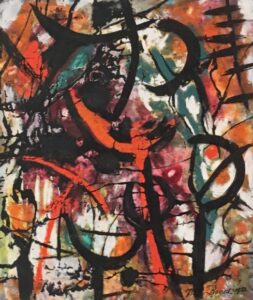
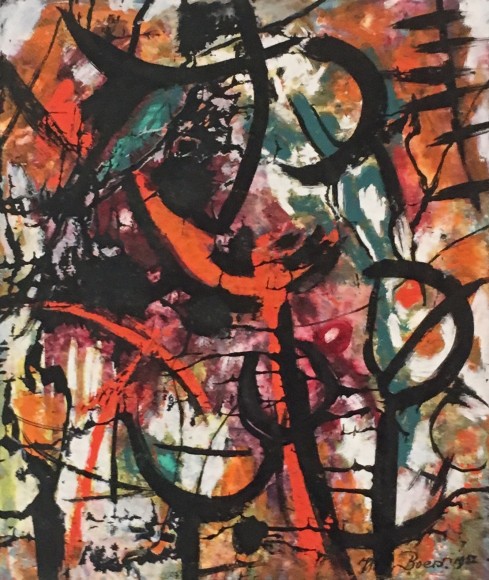
Willy Boers
Name:
Abstract composition
Year:
1951
Size:
40 x 34 cm
Technique:
gouache
Extra information:
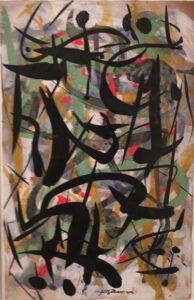
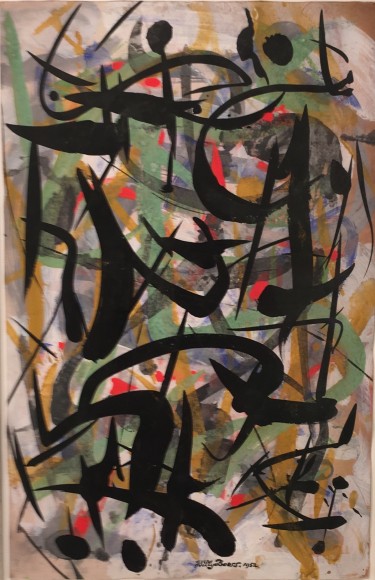
Willy Boers
Name:
Abstract composition
Year:
1952
Size:
40 x 34 cm
Technique:
gouache
Extra information:
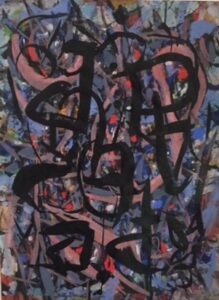
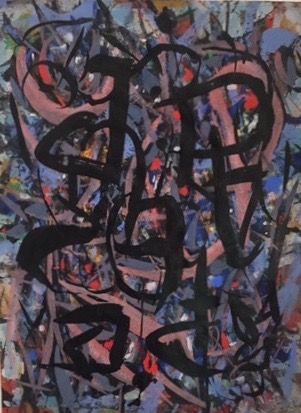
Willy Boers
Name:
Abstract composition
Year:
1952
Size:
56 x 40 cm
Technique:
gouache
Extra information:
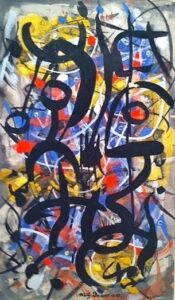
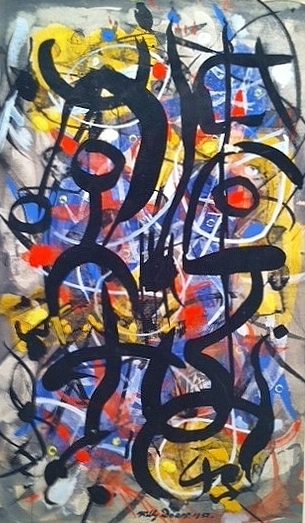
Willy Boers
Name:
Abstract composition
Year:
1952
Size:
33 x 45 cm
Technique:
gouache
Extra information:
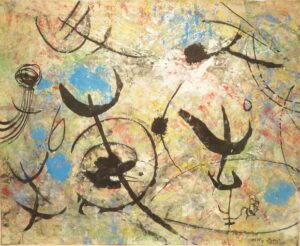
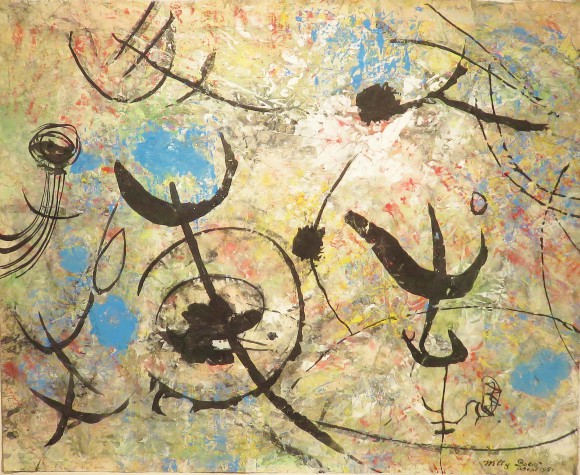
Willy Boers
Name:
Abstract composition
Year:
1953
Size:
50 x 60 cm
Technique:
gouache
Extra information:
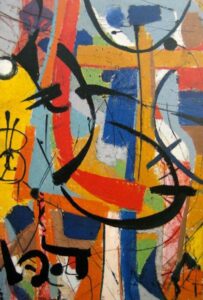
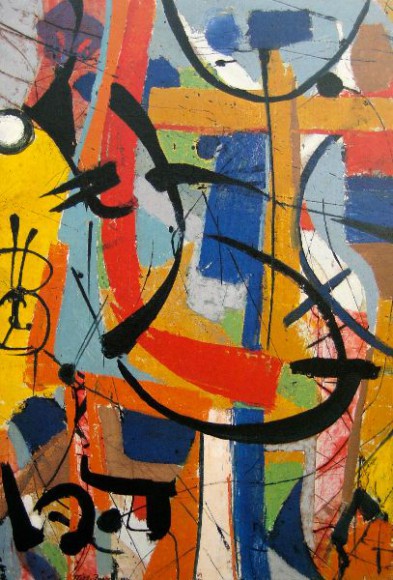
Willy Boers
Name:
Kleurige tekens (colourful signs)
Year:
1953
Size:
62 x 43 cm
Technique:
oil on canvas
Extra information:
- private collection -
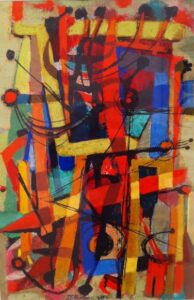
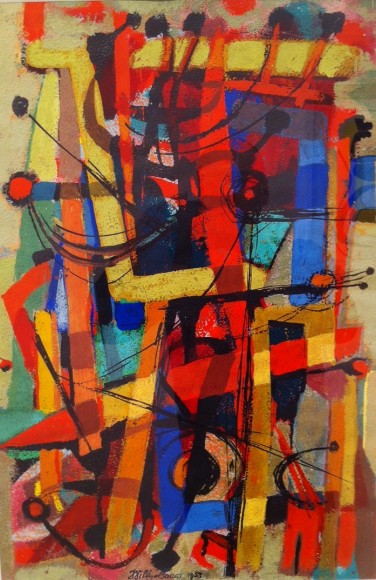
Willy Boers
Name:
Abstract composition
Year:
1953
Size:
60 x 50 cm
Technique:
gouache
Extra information:

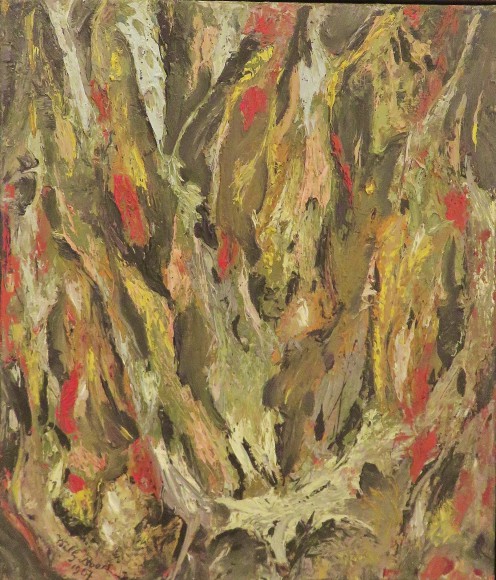
Willy Boers
Name:
Oerwoud'
Year:
1957
Size:
60 x 70 cm
Technique:
oil on canvas
Extra information:
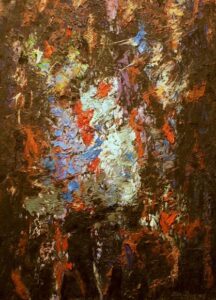
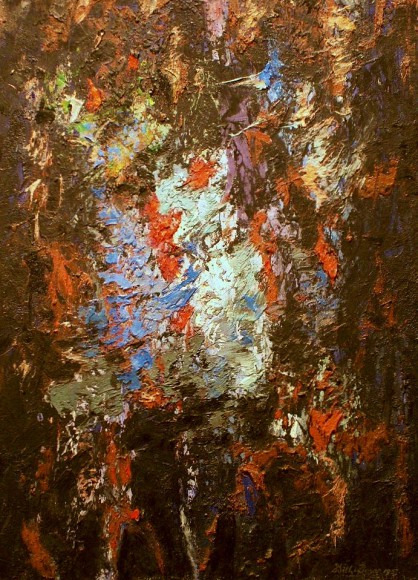
Willy Boers
Name:
'Bloeiend duister'
Year:
1957
Size:
80 x 50 cm
Technique:
oil on panel
Extra information:
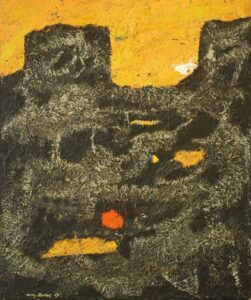
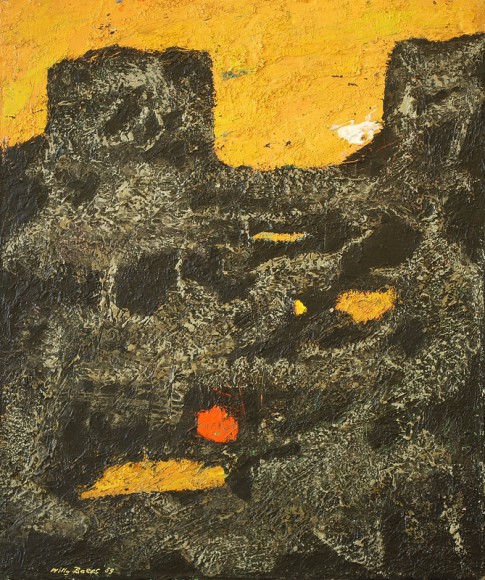
Willy Boers
Name:
Dreigende aarde
Year:
1958
Size:
50 x 60 cm
Technique:
oil on canvas
Extra information:
signed and dated lower left
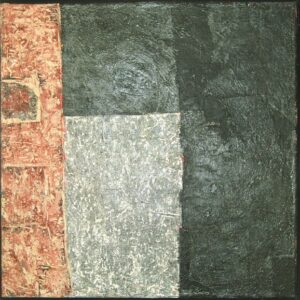
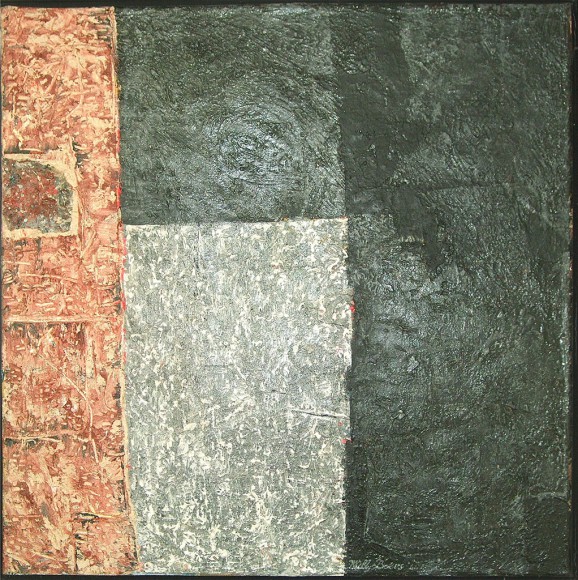
Willy Boers
Name:
composition
Year:
1961
Size:
60 x 60 cm
Technique:
Oil on canvas
Extra information:
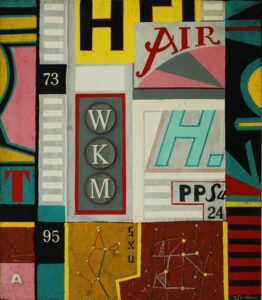
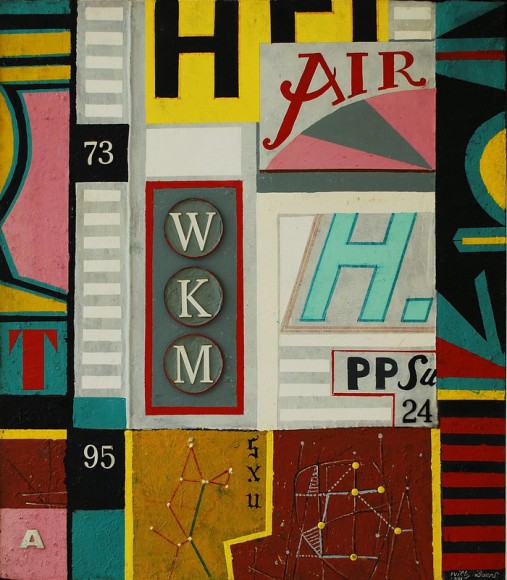
Willy Boers
Name:
Highway
Year:
1961
Size:
92 x 80 cm
Technique:
Oil on canvas
Extra information:
signed lower right. This work is displayed in the Willy Boers Monograph (1995) on page 187. - private collection -
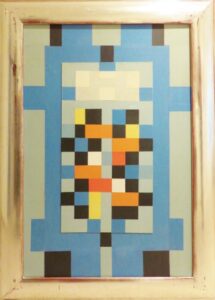
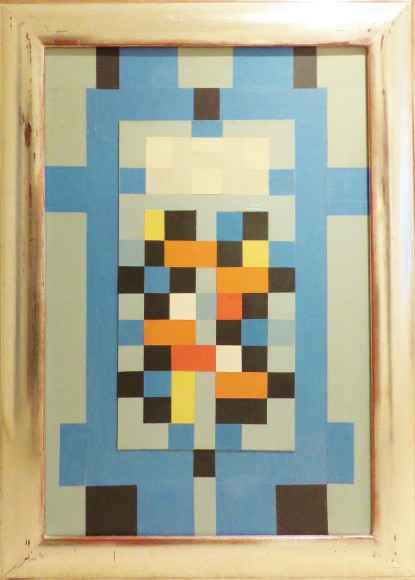
Willy Boers
Name:
'Monument voor een Noordelijke stad'
Year:
1973
Size:
65 x 50 cm
Technique:
collage
Extra information:
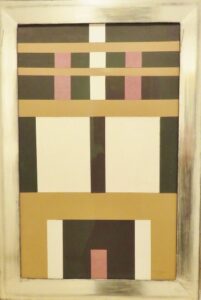
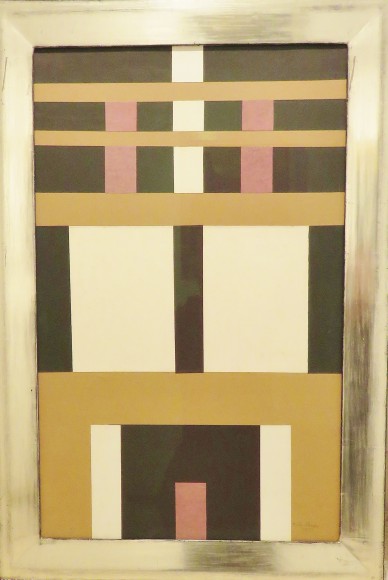
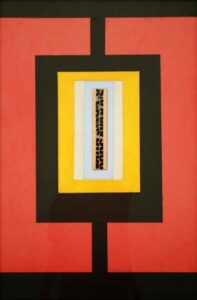
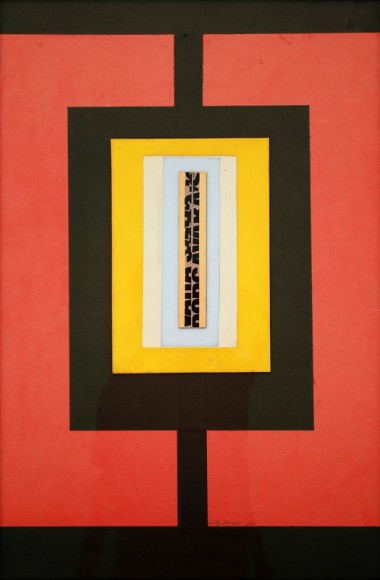
Willy Boers
Name:
Door rood en zwart omsloten
Year:
1973
Size:
74 x 49 cm
Technique:
collage
Extra information:
signed and dated lower centre Willy Boers Monograph (1995) page 195.
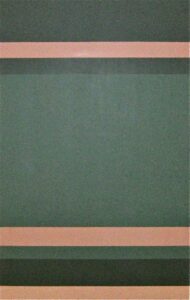
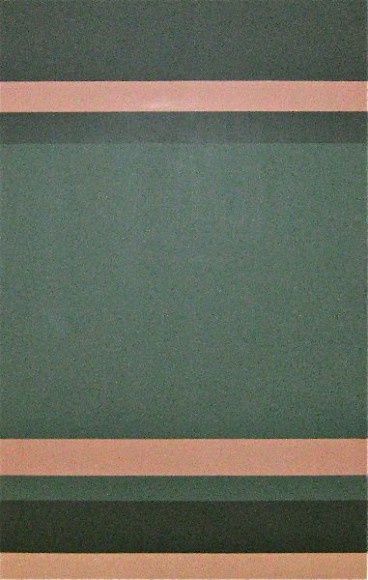
Willy Boers
Name:
Composition
Year:
1975
Size:
160 x 102 cm
Technique:
acrylic on board
Extra information:
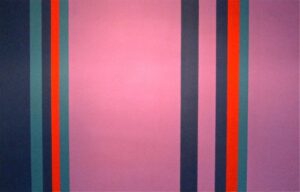
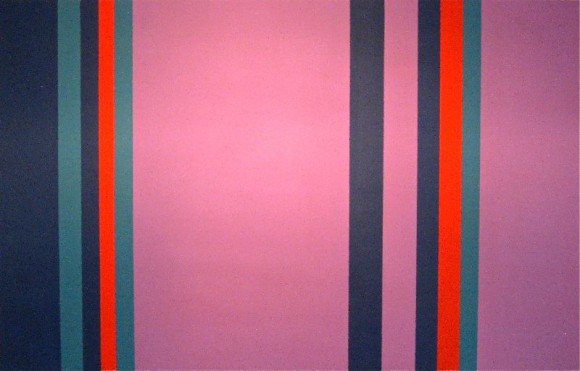
Willy Boers
Name:
Composition
Year:
1976
Size:
100 x 160 cm
Technique:
acrylic on board
